Korean Culture Club members scooped heaping spoons of fresh fruit into cups, later filling them with a sweet milk and sprite mixture to make hwachae, a popular Korean summer dessert. Dozens of students crowded around the table in D-104, waiting excitedly to try the refreshing dish. At the center of it all, Samuel Kim (11), president and founder of the new Korean Culture club, smiled in satisfaction. Kim said he felt pride sharing a piece of the culture that once made him feel like an outsider.
Four years ago on Jan. 1, 2021, when Kim immigrated to the U.S., he struggled to integrate himself into his new life.
“When I first moved to the United States, I was really shy, and because I was shy, I couldn’t really do a lot of stuff, like presentations for example,” he said. “I also struggled with the language barrier and I was afraid to be embarrassed in public, so I kind of tried to avoid that. I felt like I didn’t belong in my friend group because they spoke a language that I couldn’t really understand.”
At Westview, Kim took English classes to overcome the language barrier and joined NJROTC, where he gained confidence through their activities and the friends he made. He also saw just how impactful school-based activities like clubs could be for students. Kim soon realized that his struggles to adapt didn’t just lie in his language barrier, but also in the cultural divide.
“I realized that the differences in my Korean culture somewhat blocked me from feeling closer to my friend group,” he said. “I struggled a lot with my cultural identity because I was learning a new culture [in the US] that is completely different than the culture that I was living in for 13 years. I was struggling with whether I’m more American or more Korean.”
In his time studying ethnic literature with Jessica Mosteller, Kim met many other immigrant students from Mexico and other Asian countries who shared similar experiences. Hearing their stories, he grew more interested in different cultures and wanted to see if he could help others feel more at home.
Kim said he decided to start the Korean Culture Club this year to help both first- and second-generation students who were struggling with their cultural identity.
“I wanted to help or give advice to those who are actually struggling the same struggle that I had for years,” he said.
Through this club, Kim also wanted to share what Korean culture meant to him.
“When I moved to the United States, I stayed in the Korean community by going to Korean church,” he said. “I realized that a lot of people don’t really know about true Korean culture, but still are very interested. So, I thought it would be good for me as an immigrant who lived in South Korea to actually have a meeting so I can convey a lot more Korean culture. There are also a lot of people in America who are interested and are willing to learn more about Korean culture, so I just decided to teach them.”
But, starting the club wasn’t an easy process.
“I basically had to do the whole procedure by myself, like writing essays about my club, figuring out how to sign up, and doing all the things like club constitutions, so that definitely challenged me,” Kim said.
Since starting his club this year, Kim and his team have already planned and carried out numerous activities to teach and express Korean culture.
“On the first day, we brought some Korean snacks to give out,” he said. “We give out a lot of food because we know that is what a lot of people enjoy.”
The club also held their first fundraiser, featuring Squid Game-themed activities and games that Kim played as a kid when he lived in Korea.
“We’ve done one fundraiser, selling [dalgona] cookies,” he said. “We also had an activity where we brought some papers to make Ddakji, which are used to play a game from Squid Game that I also used to play a lot when I was younger. A lot of people know the Korean games from watching Squid Game, so we kind of capitalized on that movie and we just tried a lot of games from there.”
Kim said that when he saw other students enjoying the Korean food and activities at his club, he felt fulfilled.
“I definitely feel very, very happy and also grateful because whenever I see a lot of people coming to my club, I’m really surprised that this many people are actually interested in the culture that I love,” Kim said.
Kim further accomplished one of his club’s main goals by helping a student who was struggling with his cultural identity feel more included.
“One of my friends actually came to me and talked about the struggle that he’s going through right now because he’s also an immigrant from Korea,” Kim said. “He came to me and talked about it because he was there when I was giving the first presentation in my first club meeting and I expressed that I was actually trying to help people by setting up the space where people can come and talk about their cultural struggle. We really had a deep discussion about our struggles and he told me he’s getting better, so that’s really one of the moments that I enjoyed.”
Kim said he has big plans for the future events the Korean Culture Club will hold.
“I really want to have guest speakers or professional teams that actually come to the campus and have Korean cultural performances,” he said. “For example, I really want to invite a professional Korean marching band team to perform in the middle of the quad, but I am facing some struggles because of funding. I also look forward to collaborating with other culture clubs like the K-pop Dance Club.”
For Kim, the longevity of the club is important. Even after he graduates, he wants people to still have a safe space to enjoy Korean culture.
“I want this to continue being a place where people can freely come and ask for advice, but also I really want this club to be successful in conveying Korean culture,” he said. “A lot of people know K-pop and BTS and Blackpink, but they don’t really know the central, fundamental part of the culture. So I really want my club to persist in Westview and accomplish that.”


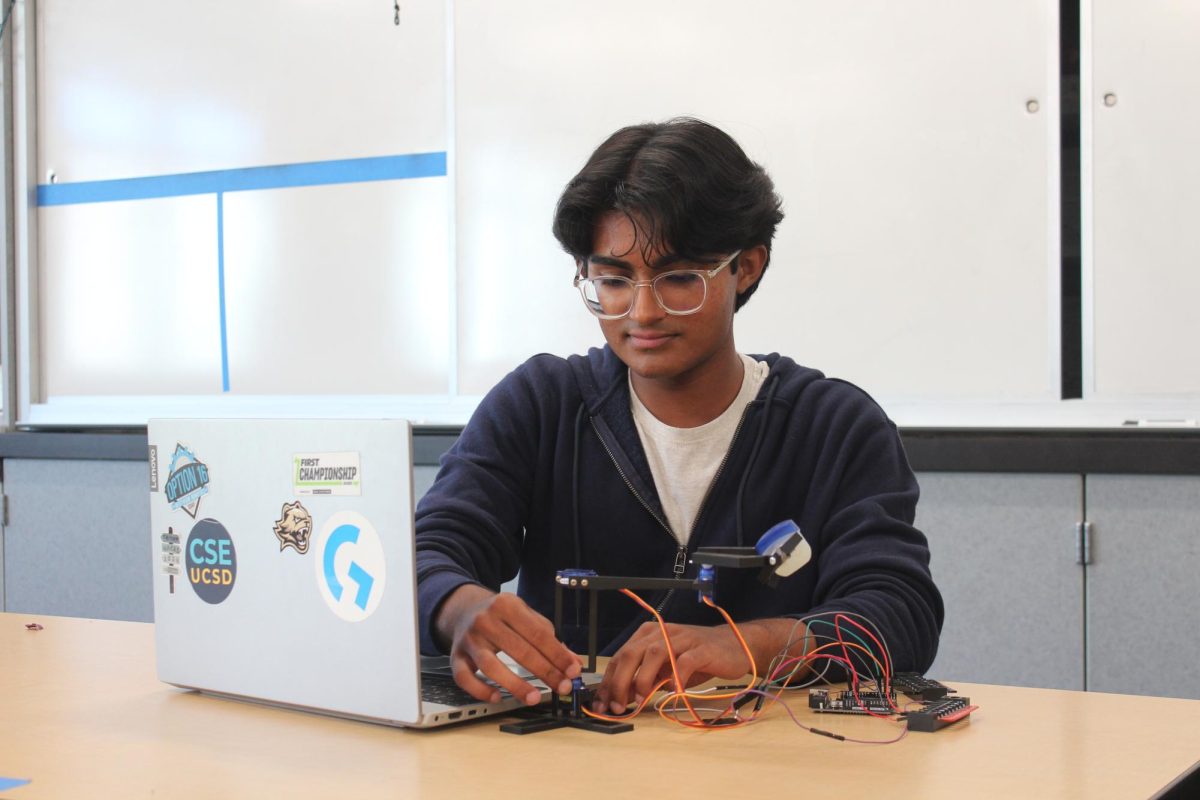
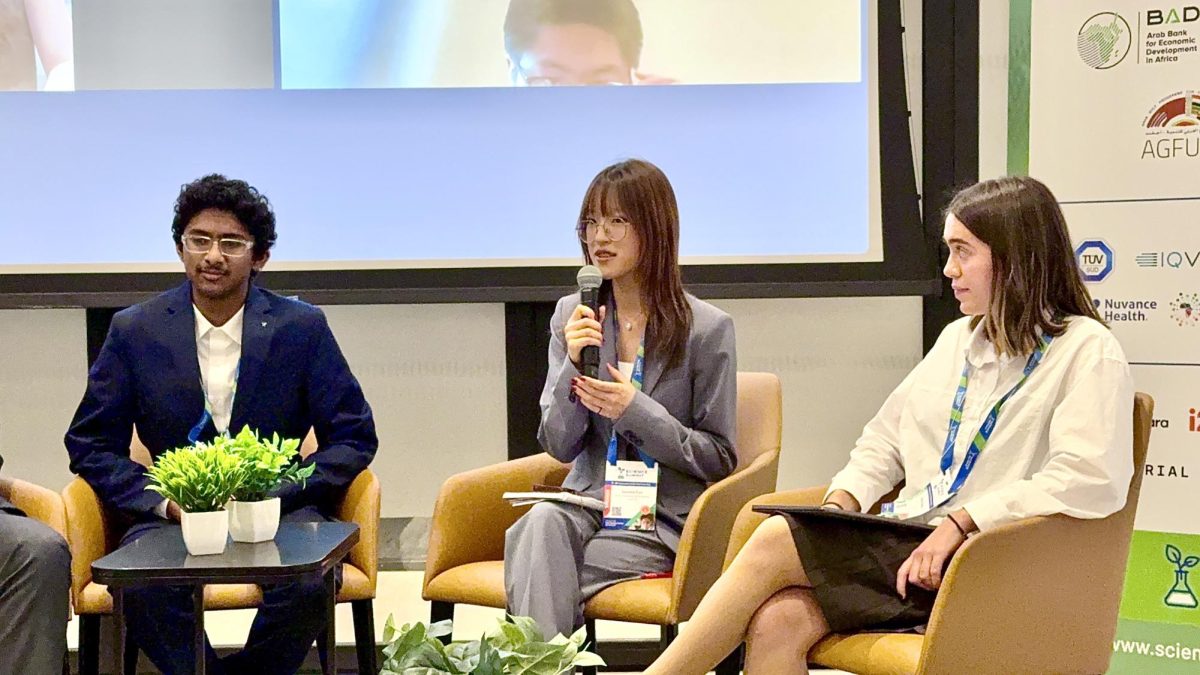
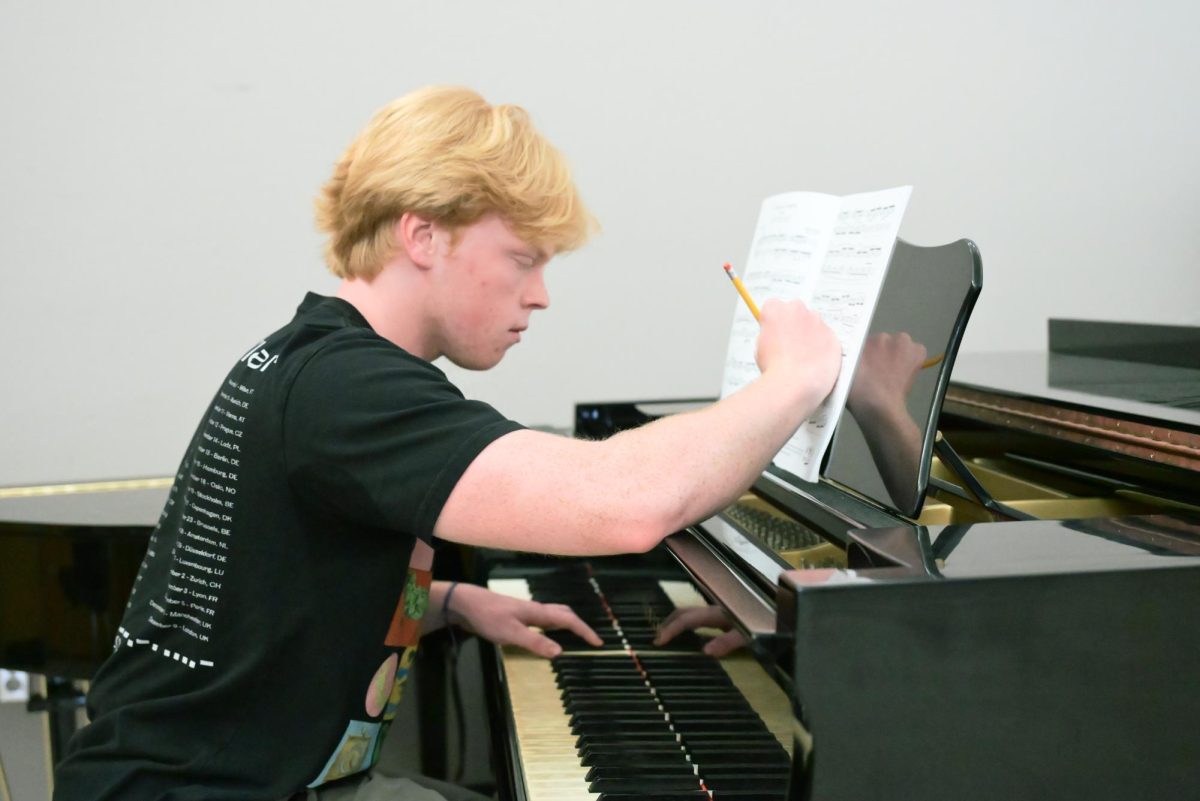
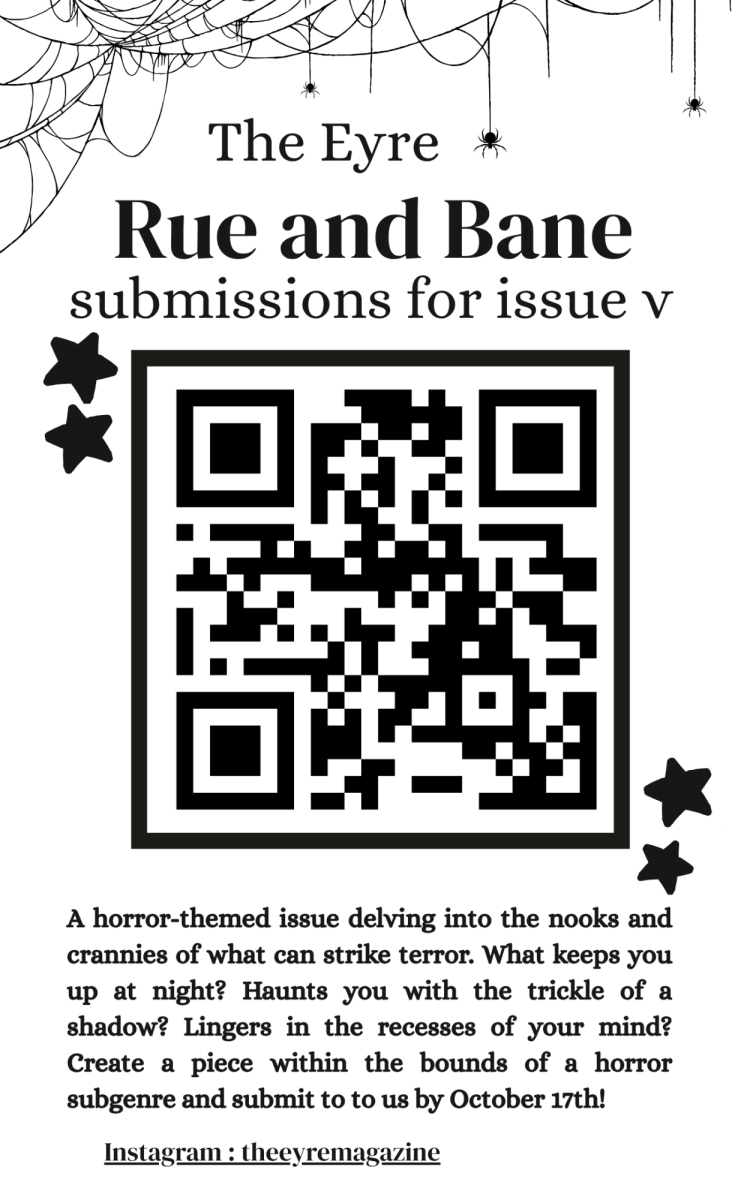
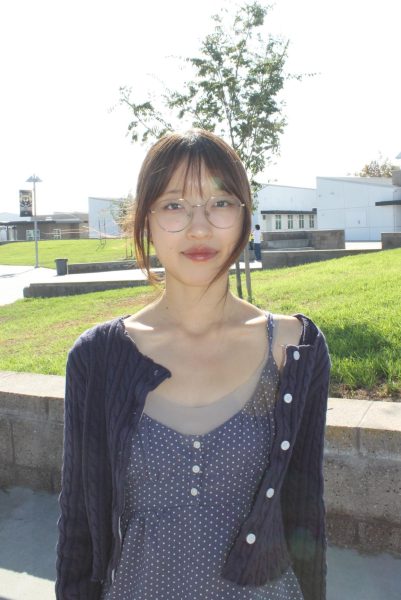
EJ Lee • May 26, 2025 at 7:41 am
This story was deeply moving and truly encouraging. As a Korean parent, I felt compelled to say that if there’s anything I can do to help, I would be more than willing to support you. I’m leaving my name and email address here—please feel free to reach out if there’s ever anything I can assist with.